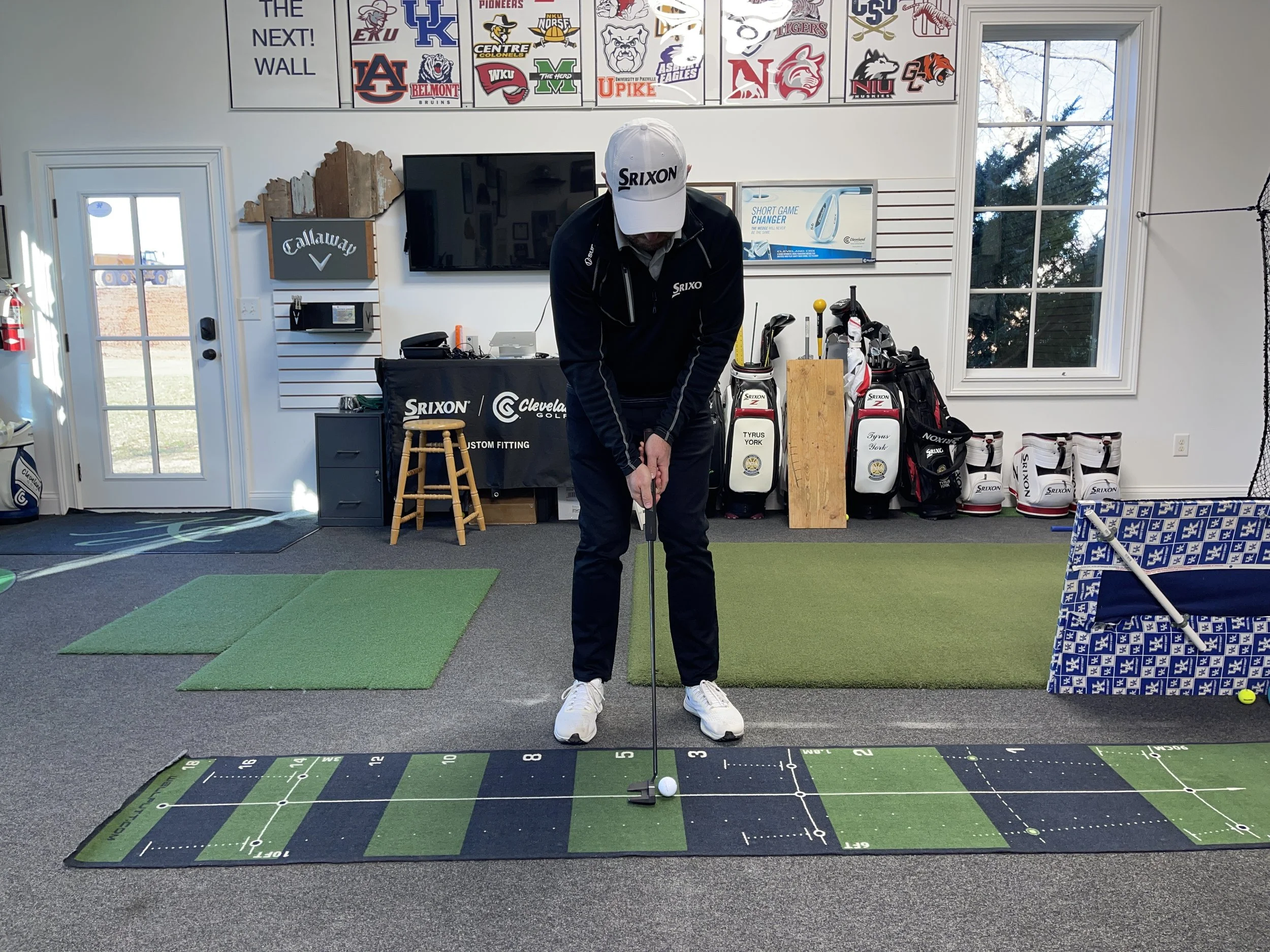As I write this, I am sitting in the airport in Savannah, GA coming home from our first spring tournament at Savannah Quarters (I am the head coach for Transylvania Women’s Golf, an NCAA DIII school).
Getting on the golf course with my team in competition for the first time since October is always exciting and also provides me with several ideas for golf tips.
One big take away from this week has been the importance of examining your misses on the green. Not all misses are created equal, so it is very important to pay attention so that you can see how to improve your next putting attempt.
What to Look For
Remember the 3 skills required to be a good putter:
Speed Control
Direction Control
Green Reading
If you miss a putt, at least one of these three skills (if not two or all three) are to blame. In my experience, speed control is the number one issue causing most players to miss putts. However, if it is not your speed control, you better be able to distinguish between a bad starting line (direction control) or a poor read.
This is so important because hopefully you can make some in-round adjustments to make sure your speed control adjusts to the speed of the green. If your speed remains a problem, then you know that all you need to do is get on the practice green and practice your distance control.
But let’s assume that your speed control is pretty good. If you’re still missing putts then it’s either your read or your direction control. Knowing which one can be tricky, so here’s a few tips to help you know:
Verify your read using a green reading technology like AimPoint. Reading a green using AimPoint allows you to objectively identify an exact line and commit to it. If you hit a putt and it does not start on that line, then you’ll know to get to work on your direction control.
Learn how to adjust your reads mid-round. This is again where AimPoint gives you a great weapon to do this. Otherwise, you have to kind of wing it. For example, you are under reading putts and everything is missing on the low side (which can also give the appearance of poor speed control). Force yourself to add more break to whatever you’re currently reading.
Speed control is of upmost importance if you want to be a good putter. Without it, you simply will not be successful. Contact me today about how I can improve your putting!
Also… learn to read greens like the best players in the world by checking out my AimPoint clinics this spring by clicking here.











